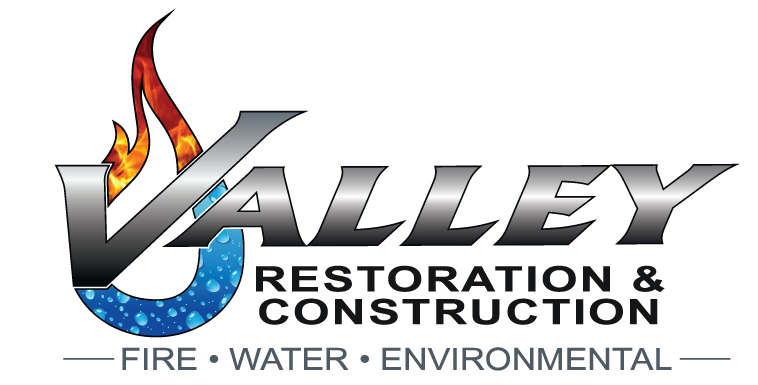When oxygen and moisture exist, mold can grow on any organic surface in your home. It’s important to be aware of the hazards and remediation options available concerning mold.
The Hazards of Mold
The presence of mold can cause many hazards to both your home and your health.
1 – Structural Hazards
When mold grows on damp structures in your home, it results in rot and decay. This leads to weak points in the structure of your house, which may cause further water and structural damage. In extreme cases, excess amounts of mold and structural rot could cause portions of your home to collapse.
2 – Health Hazards
Because of the mold in your home, your indoor air quality suffers. Poor air quality can lead to a variety of health hazards.
- Causing or worsening asthma
- Increase in allergies (itchy skin and eyes)
- Nasal and sinus congestion
- Sore or irritated throat
- Lung infections for those with chronic lung illnesses
- Coughing and wheezing
Remediation and How to Keep Mold Under Control
When mold begins to grow, it becomes challenging to completely get rid of it. However, it is possible to control the growth of mold in your home and remediate any that already exists.
- Regulate the Environment: Controlling levels of humidity, allowing for ventilation, keeping your home around 70 degrees Fahrenheit, and fixing leaks can help to keep mold-worthy moisture out of your home.
- Stay Clean: Basic cleaning can help keep mold at bay. Washing bedding, drying spills, vacuuming, and an occasional deep cleaning can control mold levels.
- Mold Inspections: By performing the occasional mold inspection, you can be aware of your home’s mold levels and whether or not you need to go through the mold mitigation process. If you are experiencing respiratory issues or heavy allergies, consider testing mold levels.
